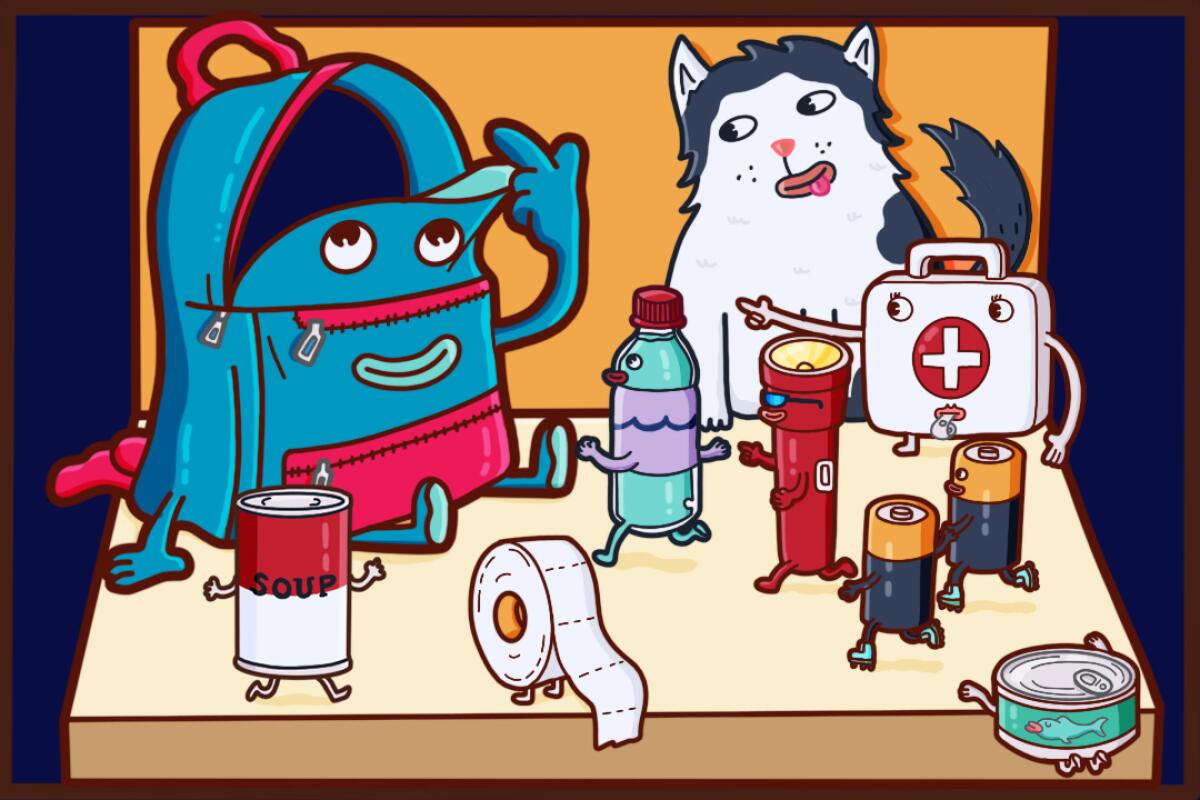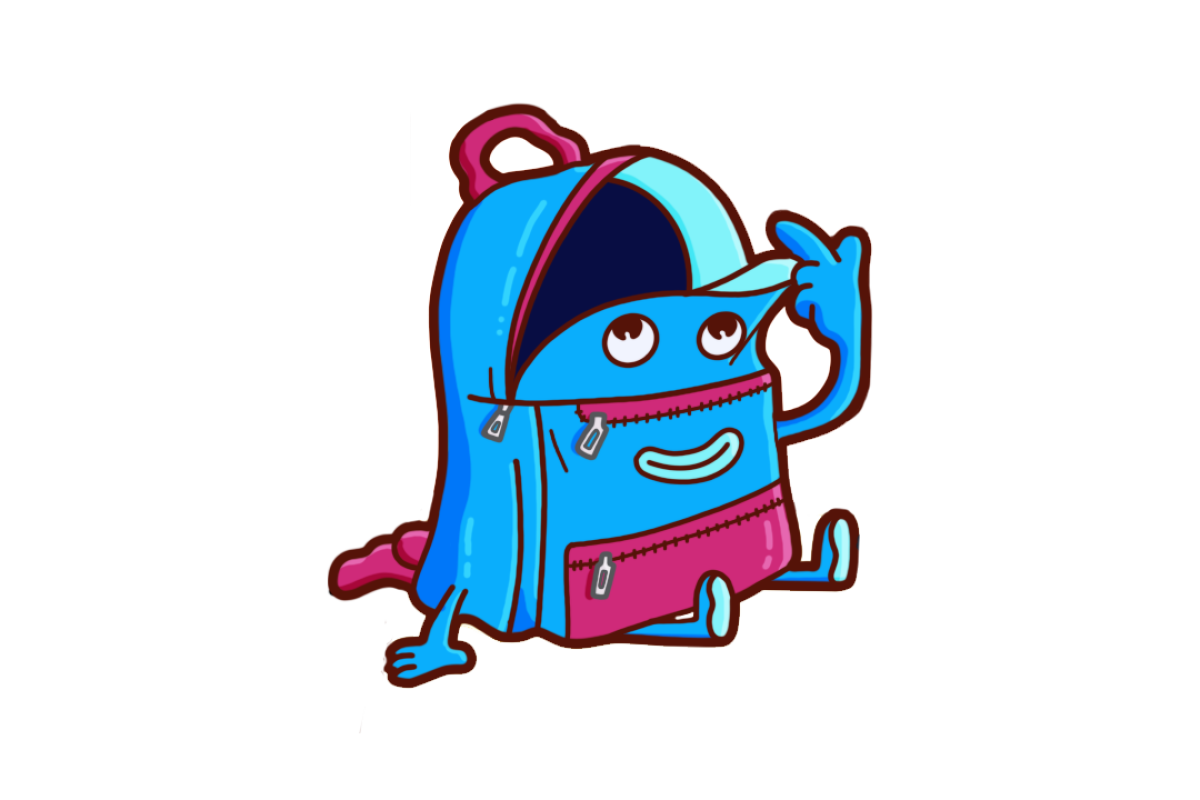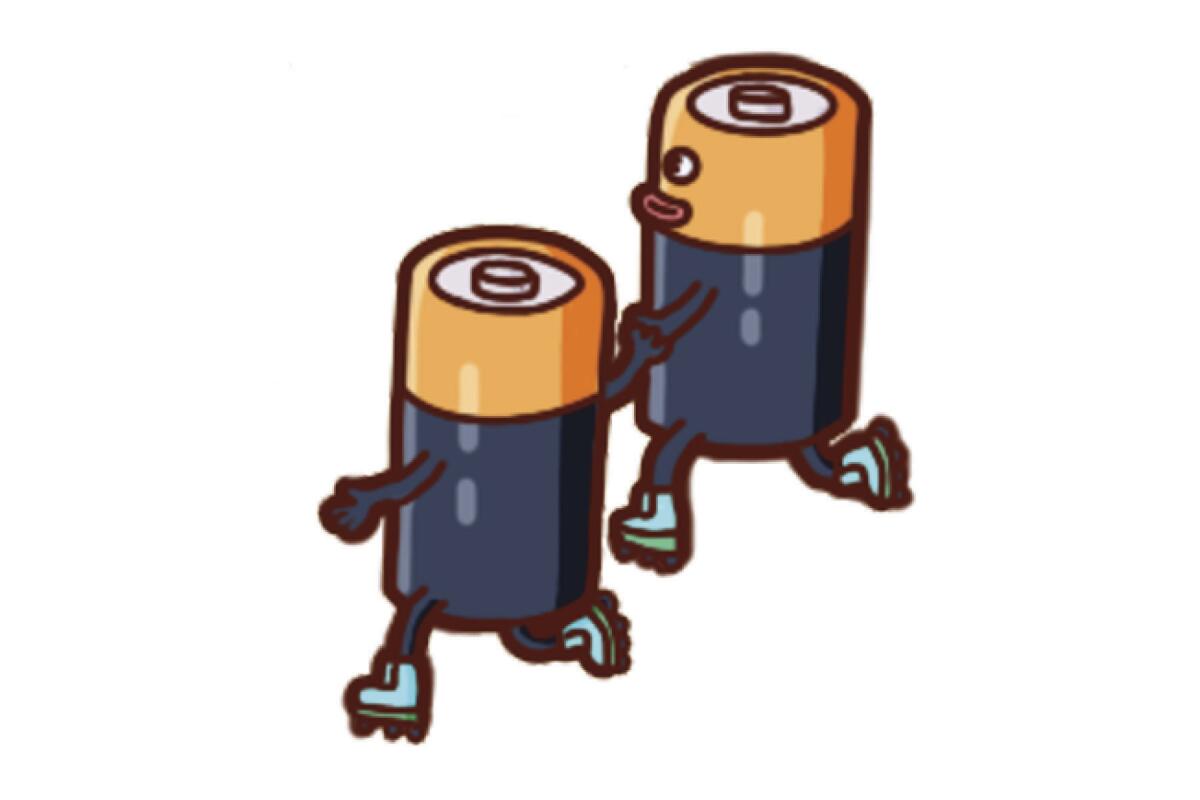Unshaken, Week 1: How to put together an earthquake kit

Hello! My name is Jessica Roy, and I work on the utility journalism team here at the L.A. Times. Welcome to Week 1 of Unshaken, the L.A. Times newsletter guide to earthquake readiness and resilience. Over the next six weeks, we’re breaking down disaster preparedness into digestible to-do lists so you can get ready without getting stressed.
Today’s topic: Supplies and equipment. You’re going to assemble or update your earthquake kit or purchase a ready-made one, familiarize yourself with what’s in it and why, and think about what specific precautions you might need to take based on where you live.
To buy or to build?
If we’ve learned anything from the COVID-19 pandemic, it’s that it pays to be prepared for an emergency. Also, there are all sorts of creative ways to use canned foods. We’re putting both these lessons into practice today. It’s time to assemble your earthquake kit, or potentially check on and add to what you already have in there.
If you’d rather not get everything together yourself, you can buy one of many preassembled options online; they come in a variety of price ranges to suit your family and budget. My colleagues Jenn Harris and Lucas Kwan Peterson reviewed some of those offerings here.
But if you’d rather put together a DIY kit, we’ve put together a checklist of what to add. (Check out our interactive version, too.)

A few notes: Make sure your food and water are a ways off from their expiration dates. Plastic water bottles can leak over time, so be careful how you store them, and rotate your water supply every few months. Have fresh batteries and extras for the flashlights. Double-check that the phone chargers you include will work on everyone’s phones.
Support our journalism
Subscribe to the Los Angeles Times.
What you’ll need
— Canned and packaged foods
— At least three gallons of water per person
— Fire extinguisher
— Hard-soled shoes
— Extra glasses/contact lenses
— Extra medications, especially prescription
— Face mask
— Whistles
— Hand-crank NOAA radio
— Flashlights
— Batteries for flashlights
— Phone chargers
— Hard hat or helmet
— Gloves
— Goggles
— Crowbar
— First aid kit
— Tools to turn off utilities if needed
— Heavy-duty plastic garbage bags (for waste, tarps, rain ponchos and other uses)
— Blankets
— Sleeping bags
— Extra clothing for a variety of weather
— Tent
— A portable cooking appliance, such as a propane camp stove
— Utensils
— Manual can opener
— A paper map of your area
— Food, medication, restraints and other supplies for pets
— Copies of important documents, such as emergency contacts, passports, driver’s licenses, birth certificates and insurance policies
— Diapers, formula and medication for small children
— Comfort items, such as stuffed animals, board games and books
Agenda item: Get your earthquake kit together. Buy whatever supplies you don’t already have.
Consider your surroundings
Specific characteristics of your neighborhood and the lot where your home sits could become important if, say, your house is damaged and you need to pitch a tent outside after a quake. What geographic considerations will you have to contend with? For example: Where can you find shade? Is there a slope that could be a slide risk? Are you in a tsunami zone?
You may find that you need more or different supplies or to do more research. We’ll also cover some of these topics in later weeks.
Items that may be new to you
Some of the stuff that disaster experts recommend keeping in your kit might not be things you’ve used before. If you’ve never used, say, a hand-cranked radio, you might not know why you’d need one in case of an emergency. Here are some things to add to your family’s emergency bag and why.
Hand-crank NOAA radio: A lot of items in your kit might make you say, “Why would I need that when I have a smartphone?” Indeed, you can listen to National Oceanic and Atmospheric Administration Weather Radio online whenever you want, if that’s something that interests you.
But in the event of a major earthquake, cell towers could stop working. And if you’re on your phone the entire time, your battery could go even sooner than that. If your modem’s power is out and you’re using cell service at the exact same moment as every other person in your house, neighborhood and city, livestreaming radio might not be available.
A hand-crank NOAA radio will let you tune in for weather alerts and other updates. Most modern options have presets to access NOAA frequencies (162.550 for Los Angeles). Radios with NOAA receivers are different from the radio in your car: They broadcast on a VHF frequency, as opposed to AM or FM. (It’s complicated.) Many also can be charged with solar power or batteries, and let you use that power to charge your phone at the same time. Some double as flashlights too. A quick browse on Amazon shows options as inexpensive as $15 with all of those features. In other words: You should really get one.
Tune your radio to your NOAA station and practice using the hand crank and other functionalities. Basically, get familiar enough with it that you aren’t fumbling around for the very first time while also navigating aftershocks. And make sure you have the right kind of cable to charge your devices.
Another good way to stay up to date if you live in Los Angeles: Sign up for the city’s emergency alerts through Notify LA.

Whistles: If you’re trapped and need emergency workers to find you, blowing a whistle is going to be louder and more sustainable than shouting. You can get a shockingly loud emergency whistle for just a few dollars. Have you not seen the end of “Titanic”? Buy a whistle.
You probably don’t need to practice with the whistle once it arrives, but we certainly won’t stop you.
Paper map: Sure, you know how to get around your neighborhood. But would you know how to navigate to a new address (for instance, a shelter, hospital or emergency supply depot) in a different part of the city if all the freeways were at a standstill and you couldn’t use your phone? Unless your answer to that question is a resounding “yes!” add a paper map of your area to the kit.
If you have not used paper maps much before, it’d be good to unfold it and mark where your house is, so you know your starting point. Can’t hurt to highlight a couple local hospitals too.
Plastic sheeting and duct tape: These are for securing your shelter in the event of earthquake damage. You might need to tape off certain areas so you can safely move around, or put sheeting down over shattered glass, or use it to cover broken windows or doors.
Agenda item: Obtain these things for your kit. Try them out so you’re familiar with them before disaster strikes.
Now what?
Experts recommend keeping your earthquake kit next to or under your bed, tied to the leg. That way, if a quake hits while you’re sleeping, you’ll have it all right there and easy to find, even in the dark. (Plastic water bottles can leak over time, so be careful how you store them.)
Not everyone has earthquake kit storage space there, said Marilyn Jimenez Davila, a spokesperson for the American Red Cross.
In that case, at minimum, you should have what she described as a by-the-bed kit: A flashlight, a pair of hard-soled shoes, and a pair of glasses or contacts under your bed or in a nightstand drawer. The idea here is that even if there’s debris or broken glass on the floor, or the power is out in the middle of the night, you’ll be able to get from your bed to wherever your quake kit is quickly and safely.
You’ll need to rotate perishable items such as food, water and batteries according to their expiration dates. There are plenty of strategies for doing this — you could write yourself a note, set a reminder on your phone or rely on your brainpower. Pick something that will work for you. Also, when this newsletter course is through, we’ll send you occasional reminders.
Agenda item: Store your kit by your bed — or if that’s not an option, put a flashlight, hard-soled shoes and glasses or contacts there.
Look for the next installment of Unshaken, the L.A. Times’ newsletter guide to earthquake readiness and resilience, in your inbox next Friday. Your second assignment will be to prepare for a disaster that strikes when you’re not at home. We’ll walk you through it. Times subscribers can also access the complete course here.
More resources
— One of the most important things you can do to prepare for an earthquake is talk to your neighbors, writes seismologist Lucy Jones.
— Thinking of buying a premade earthquake kit? We unboxed four of them, from $30 to $300.
— If all you have to eat in your emergency kit are granola bars and canned tuna, here’s how to up your game. Plus here’s some advice from L.A. food people.
— How does California’s earthquake early-warning system work? And what apps should you have on your phone?
Sign up for Essential California
The most important California stories and recommendations in your inbox every morning.
You may occasionally receive promotional content from the Los Angeles Times.



